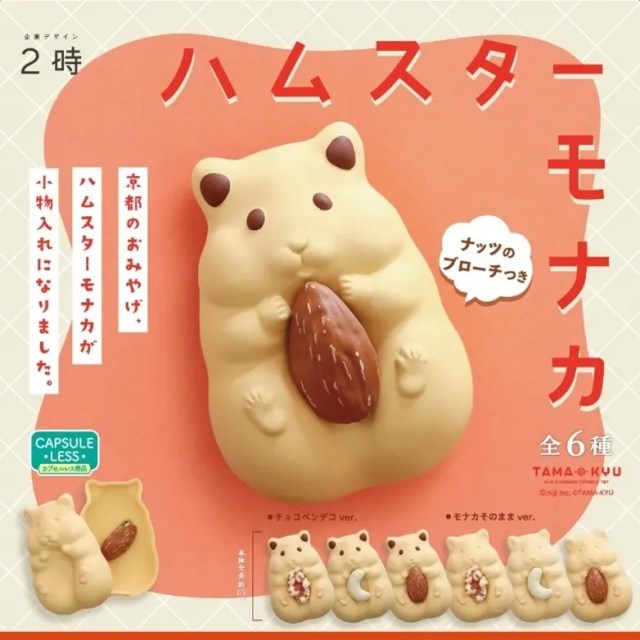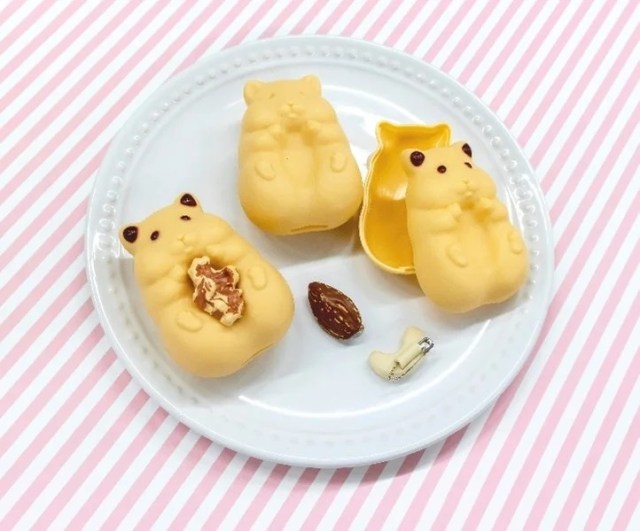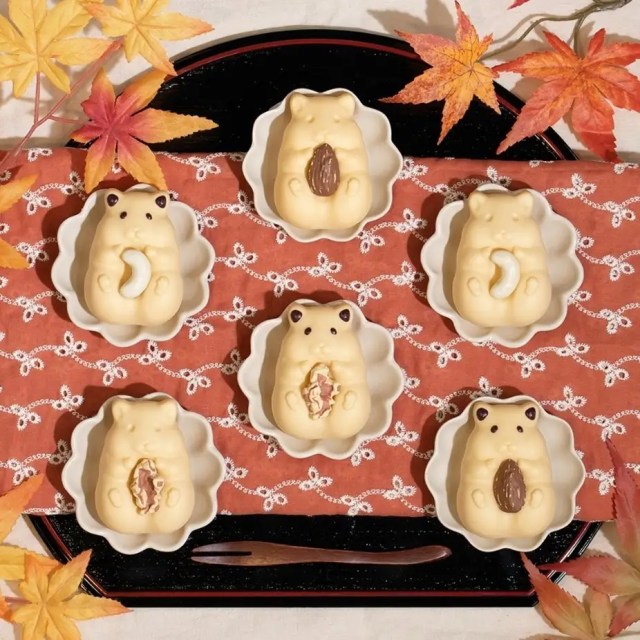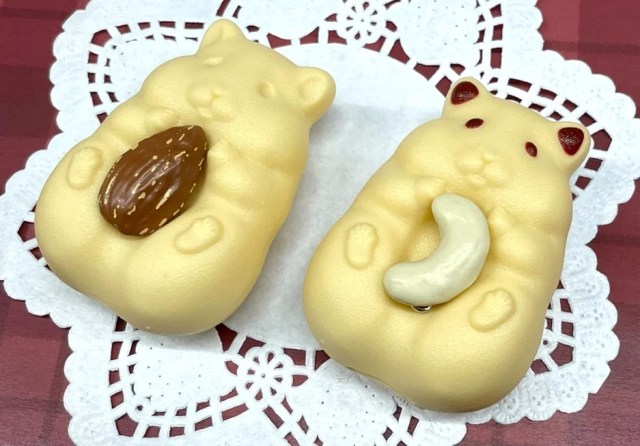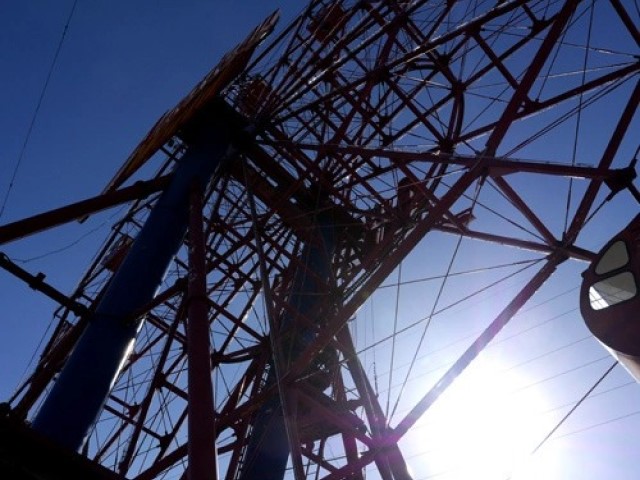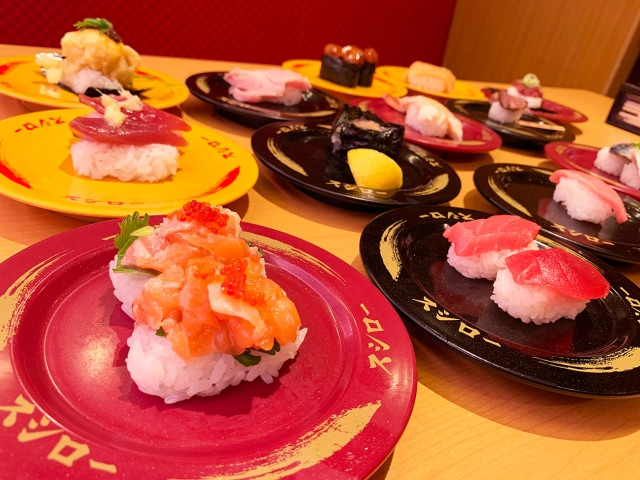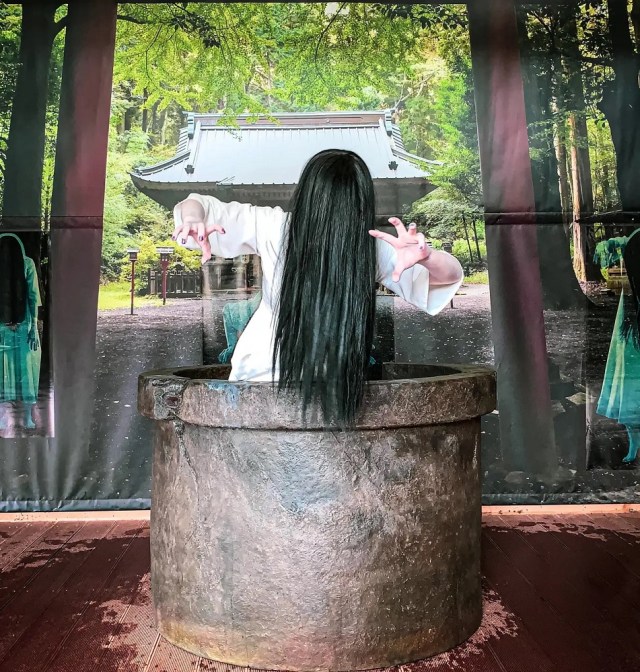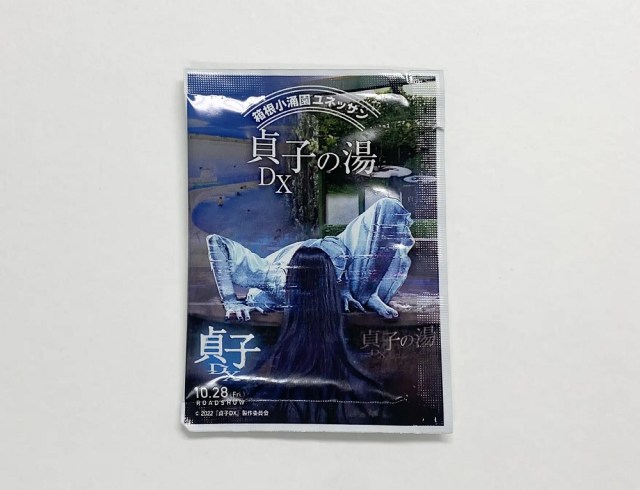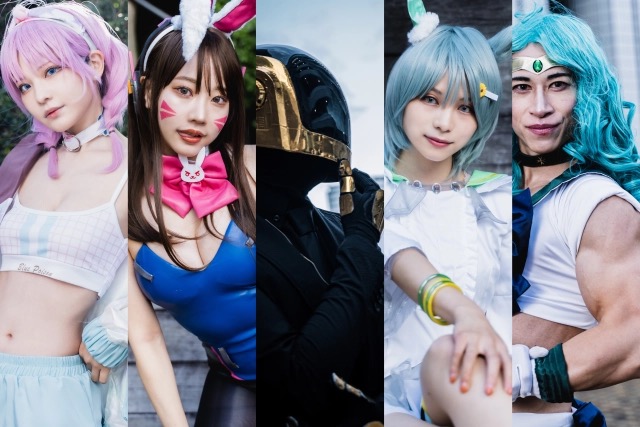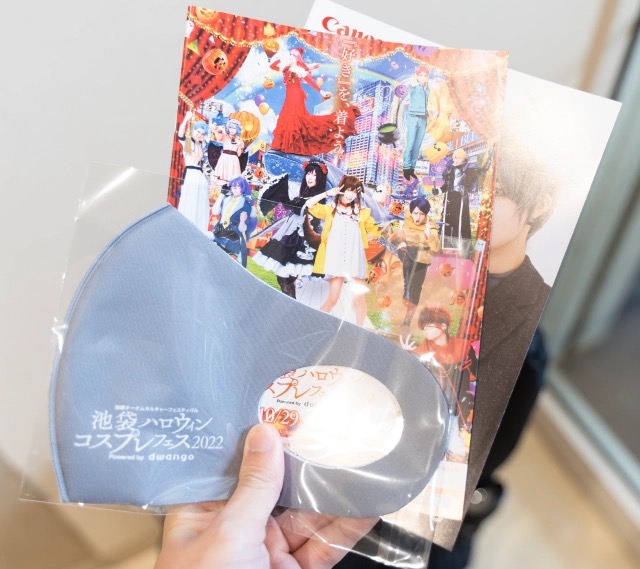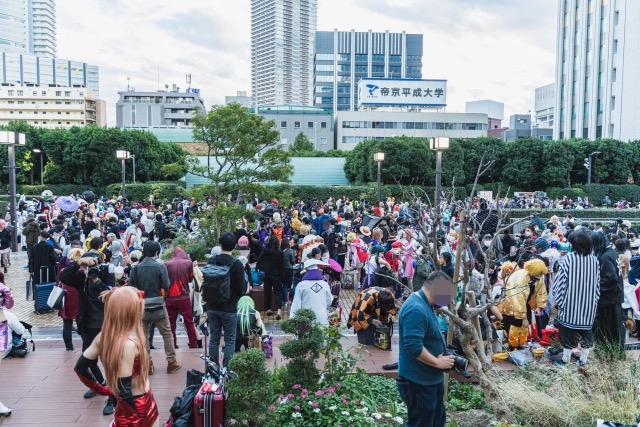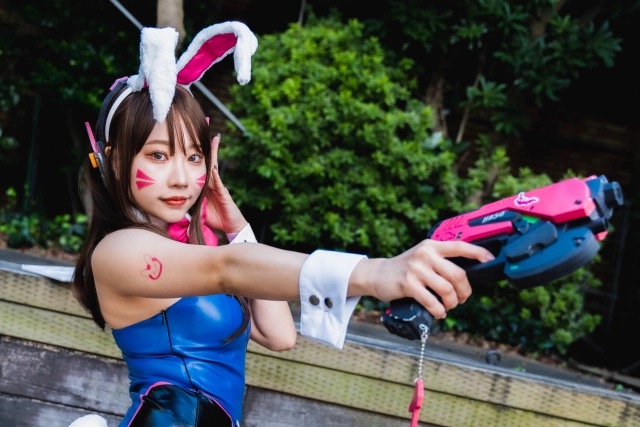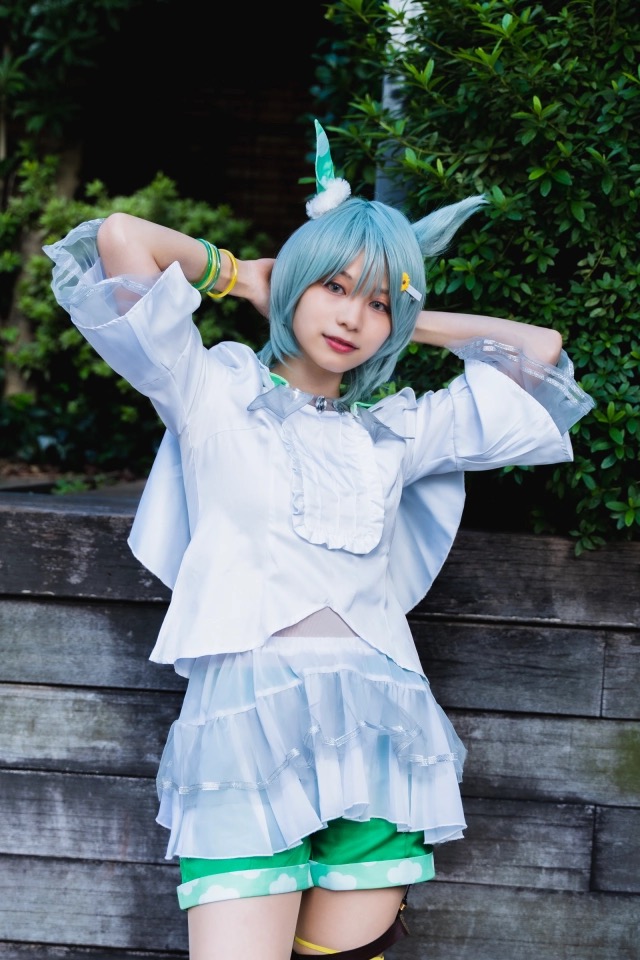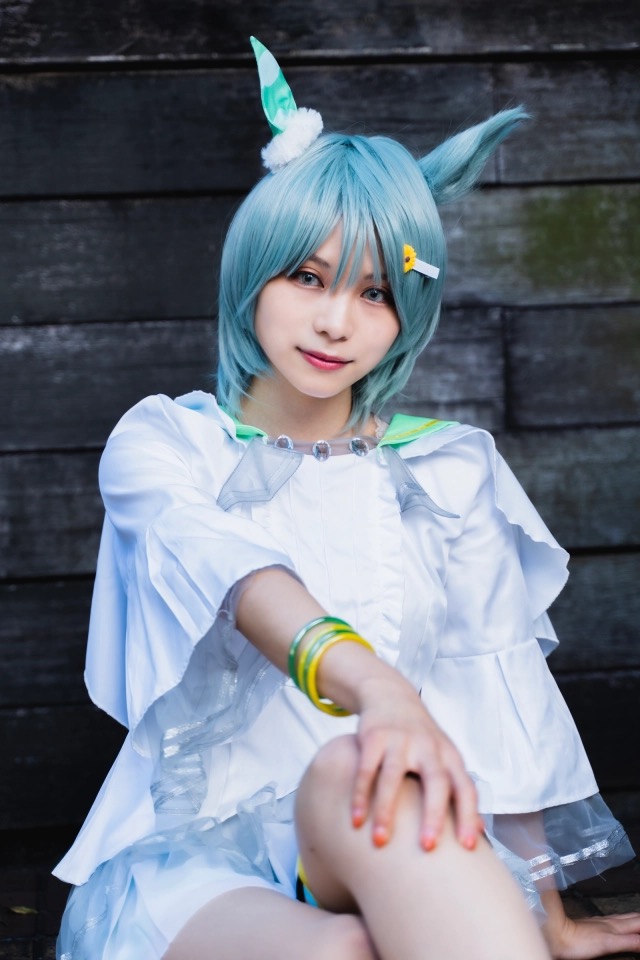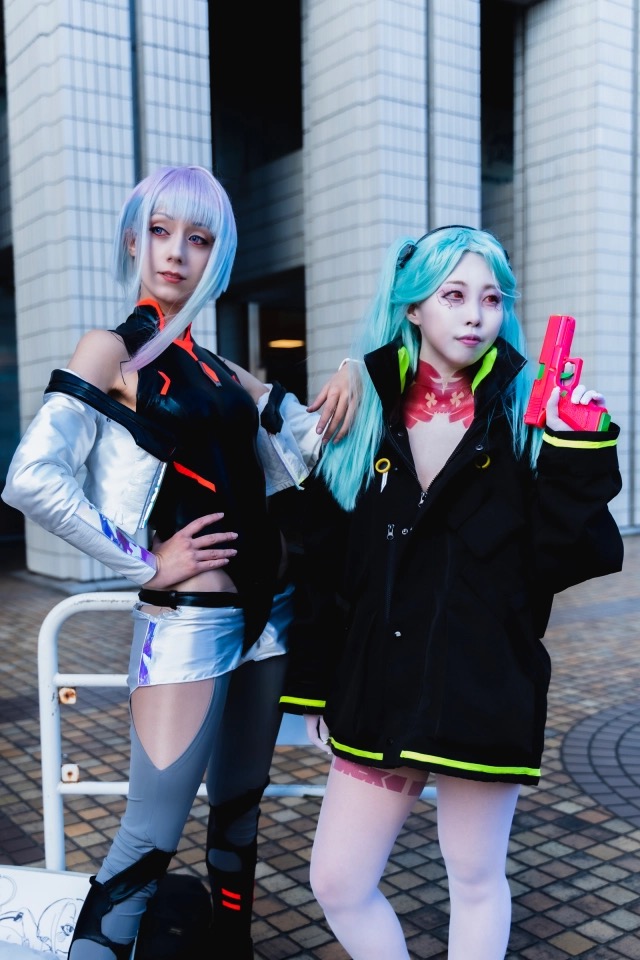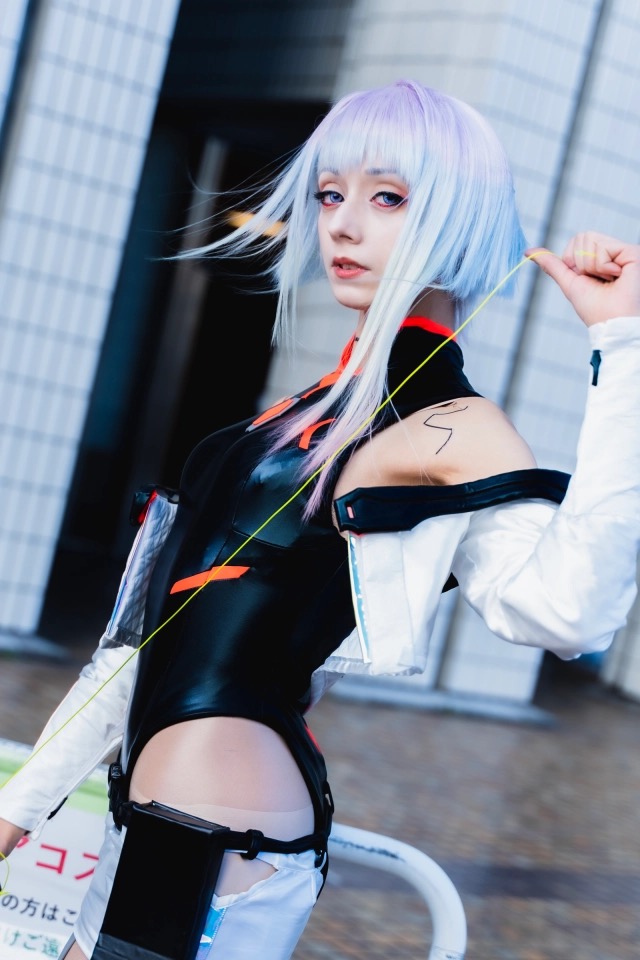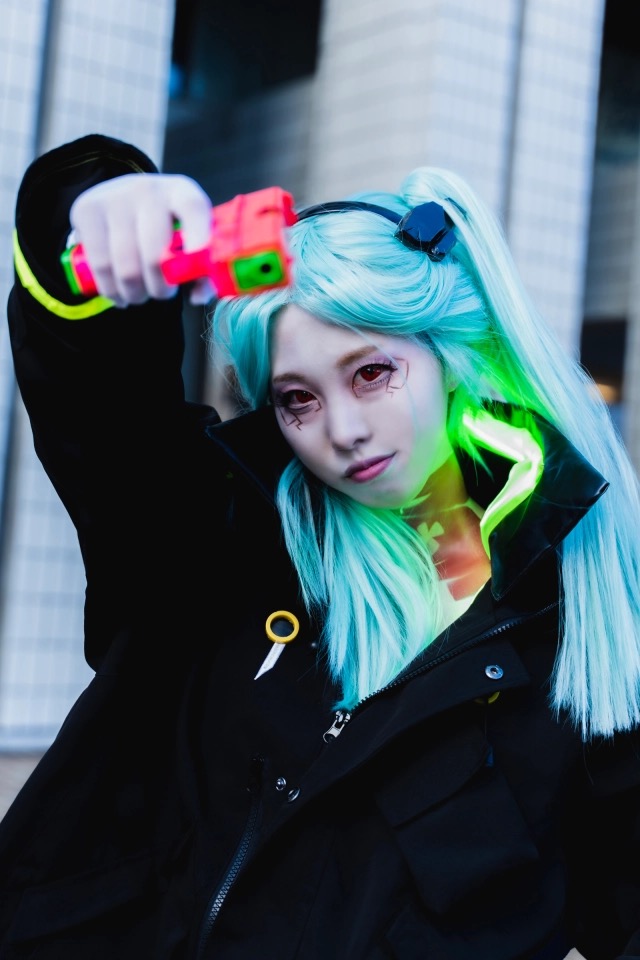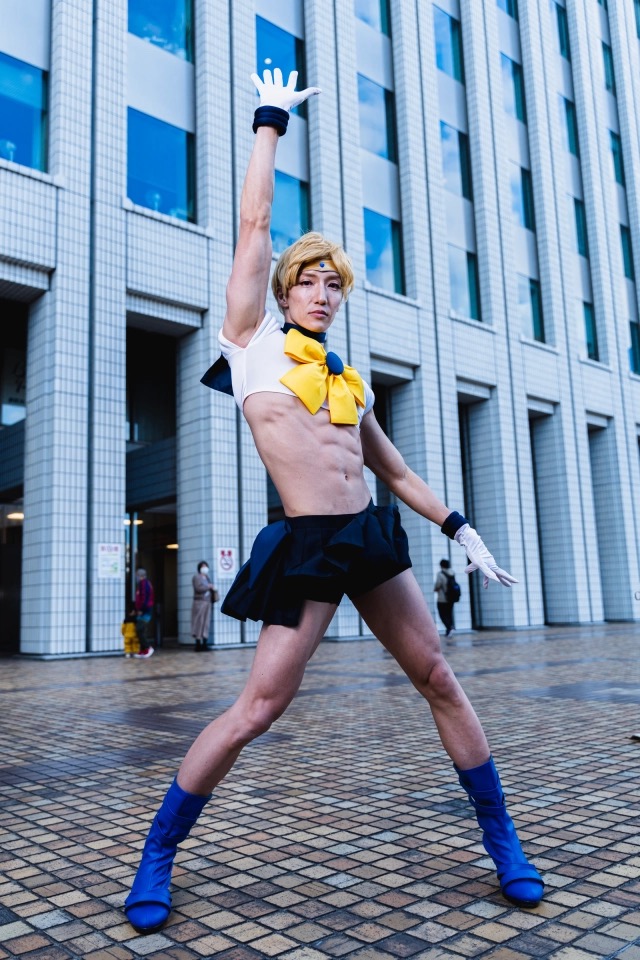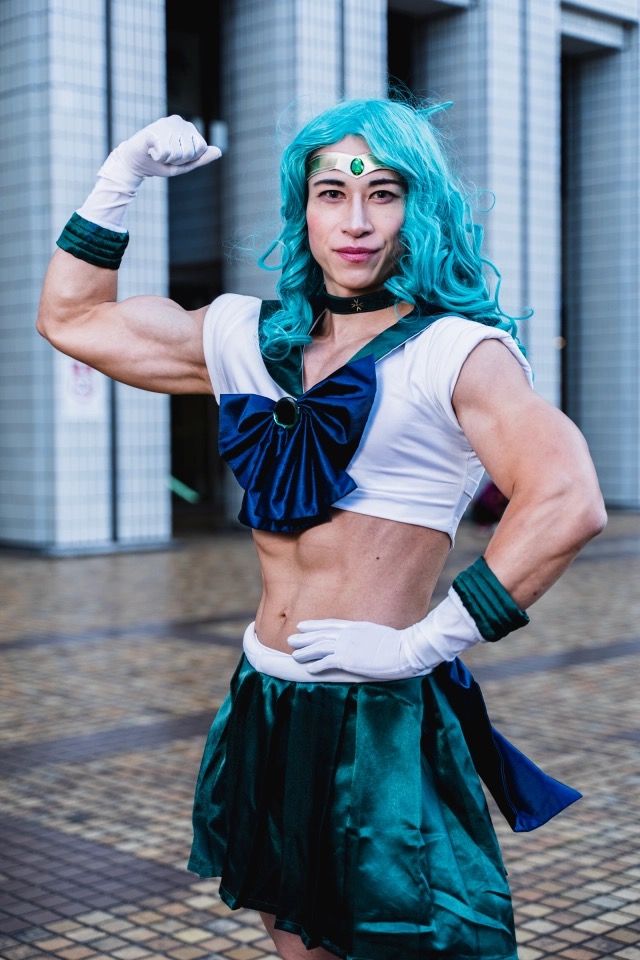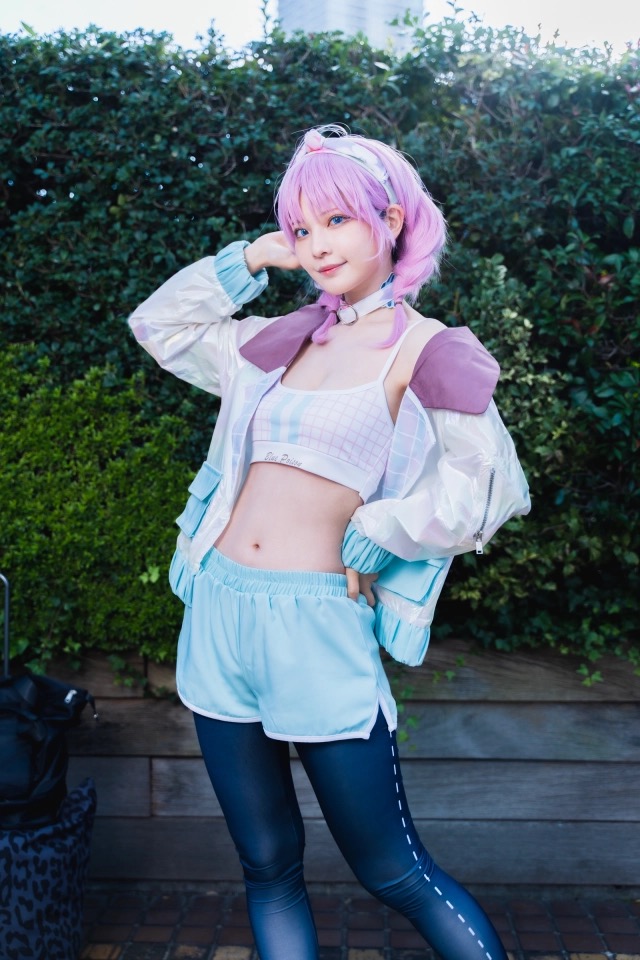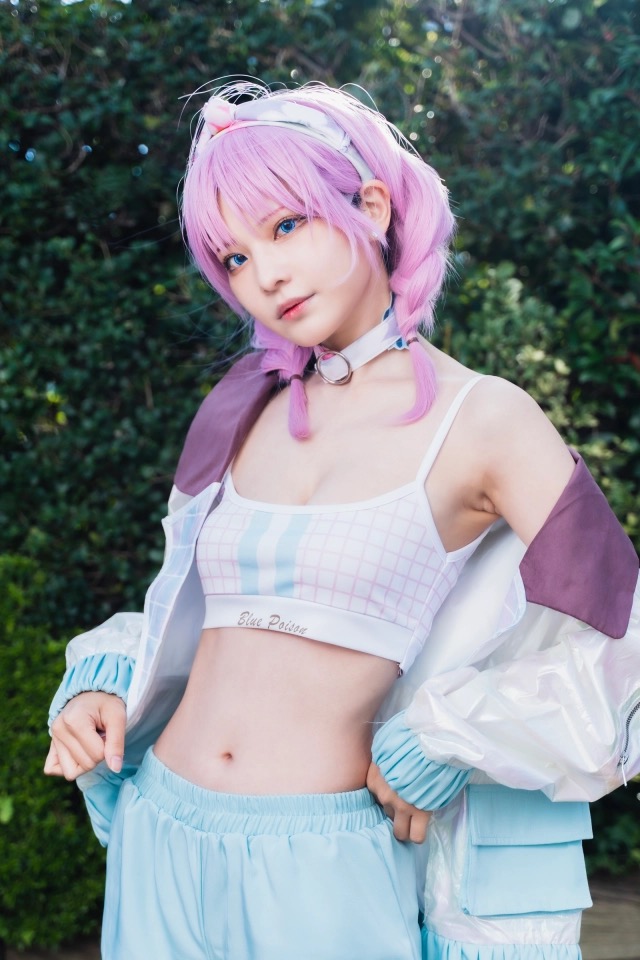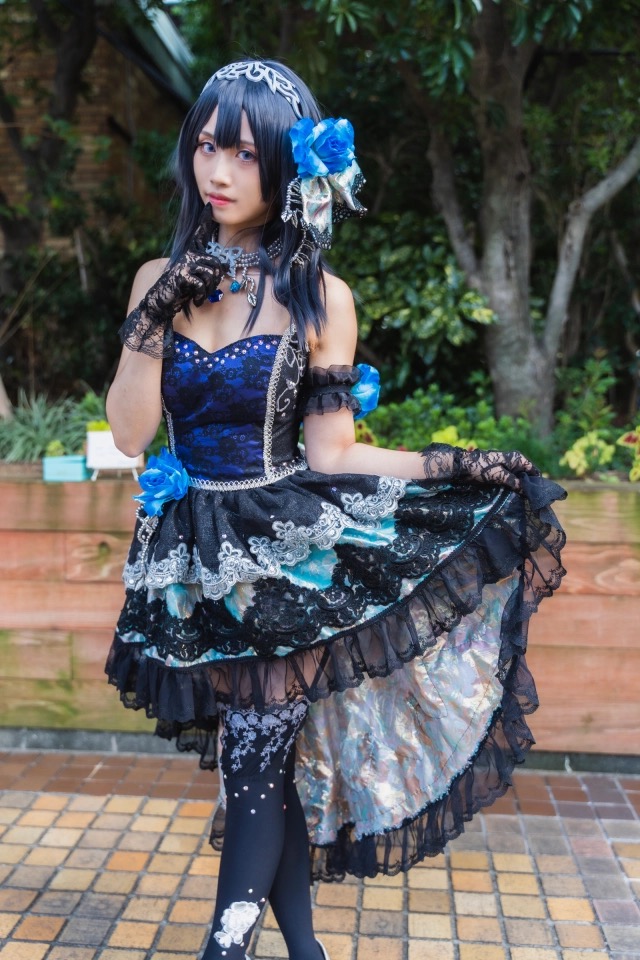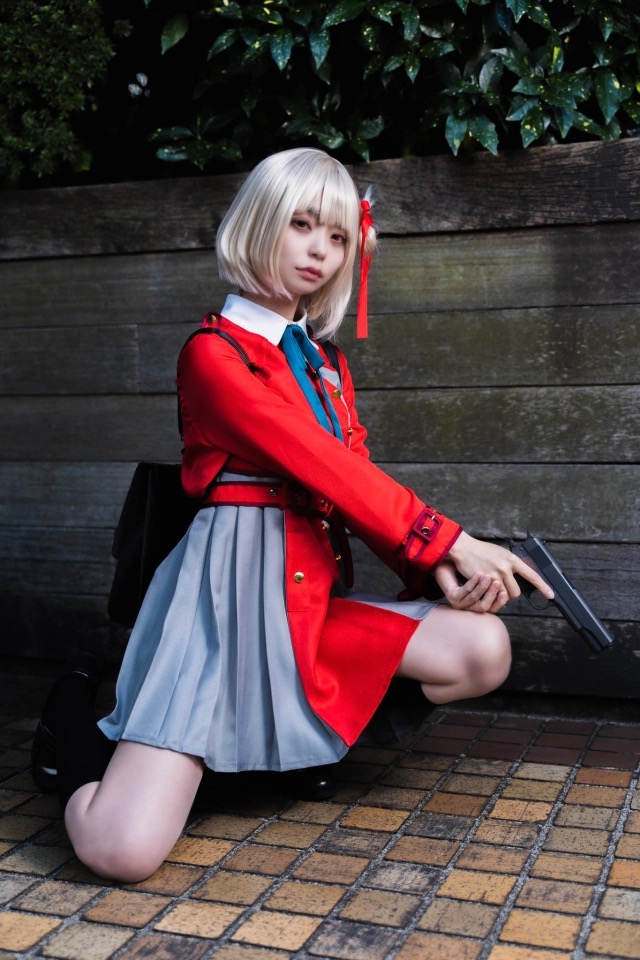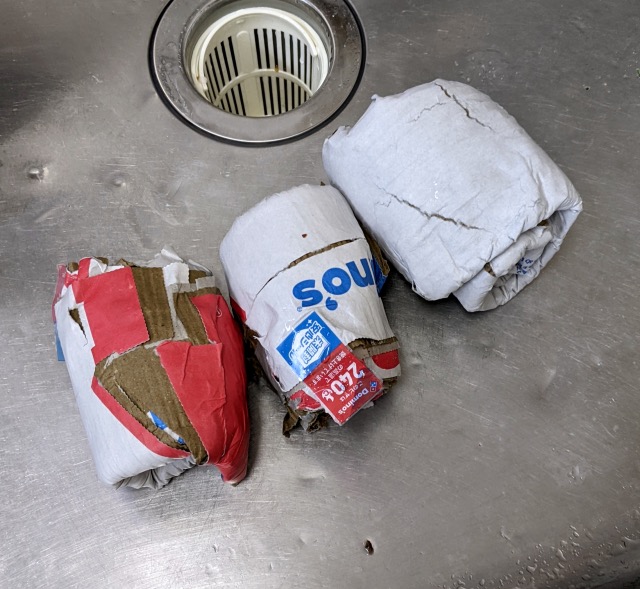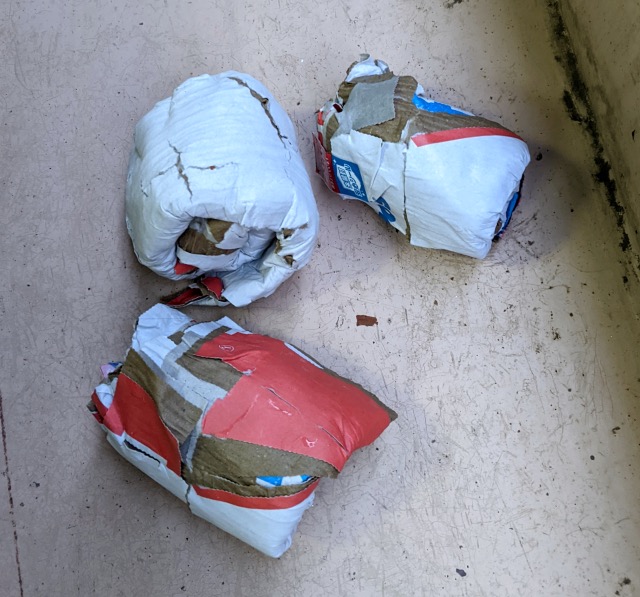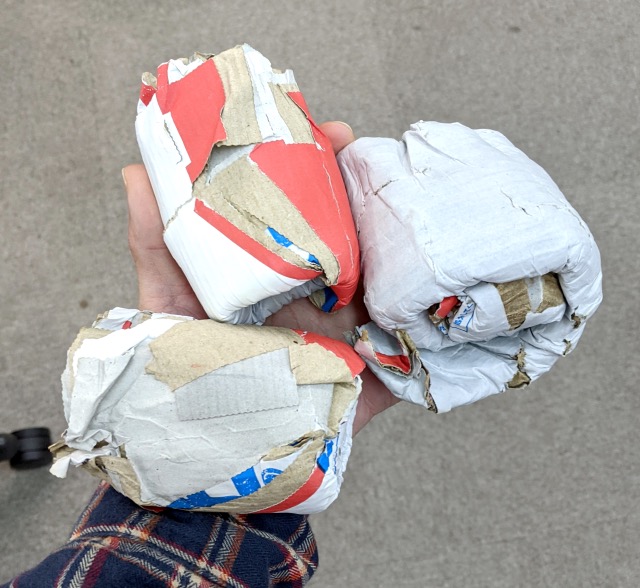https://ift.tt/uczghSO Oona McGee
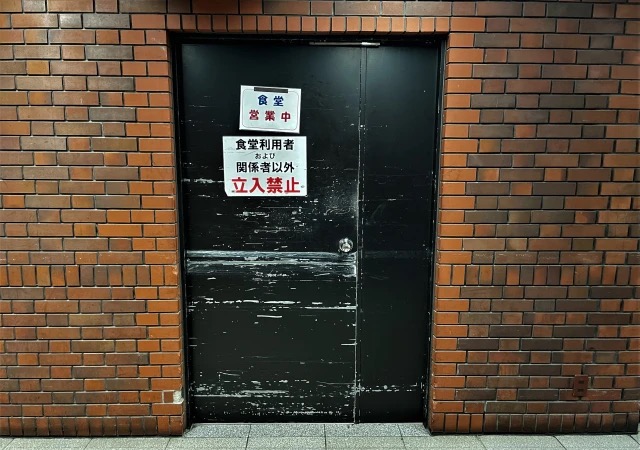
Eat where the rail employees eat, at super cheap prices.
With the price of everything going up these days, we’ve been looking at ways to tighten the purse strings and eat out on a budget, and one of the best ways to do that is to make use of staff cafeterias.
While these cafeterias are designed to feed employees, they’re also open to the public, but a lot of people don’t know that. After eating at one catering to staff at Osaka Airport recently, we were dismayed to find it would be closing at the end of September, so we made it a priority to revisit one at Osaka’s Nankai Namba Station to find out if it was still operating.
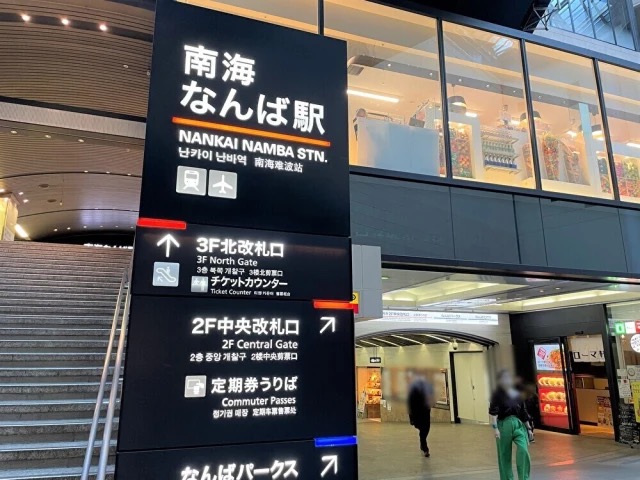
This staff cafeteria is a bit tricky to find, so you’ll want to follow the steps below to get there. First, you’ll need to head to the 2F Central Gate and speak to staff at the Koya Line ticket gate.
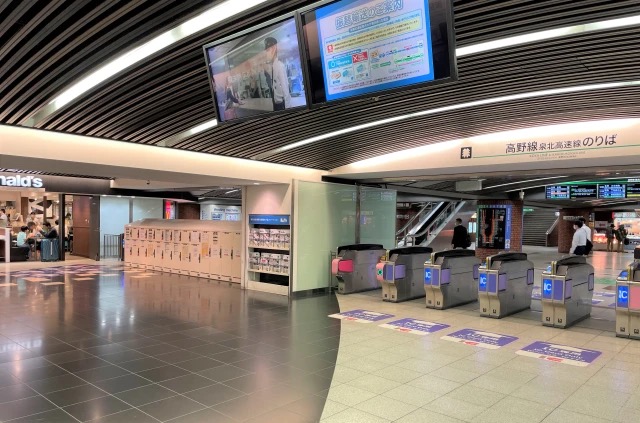
Here, you’ll have to tell staff that you’d like to use the cafeteria, with a phrase like “shainshokudo wo riyoushitai desu” (“I’d like to use the staff cafeteria”). Then they’ll hand you an admission pass that lets you enter the area beyond the ticket gates without having to pay the usual 160-yen (US$1.08) entry fee.
▼ Don’t forget to hold on to this pass as you’ll be required to hand it to staff when you want to get back out of the area.
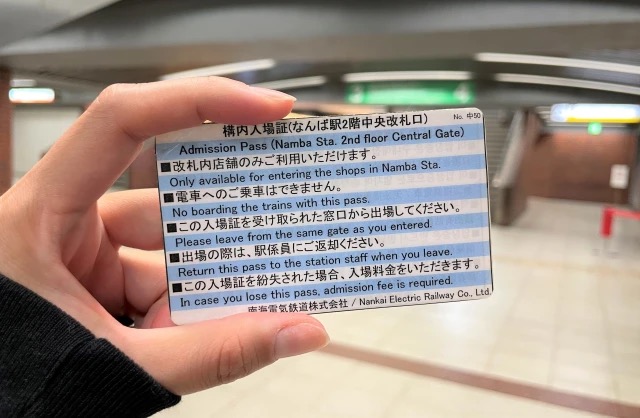
Make your way to the stairs leading to platform three and four, where you’ll see a sign for the 2F South Gate. Head towards the “2F South Gate” sign next to the stairs (pictured right, below), walk beneath it, and ahead of you there’ll be a corridor.
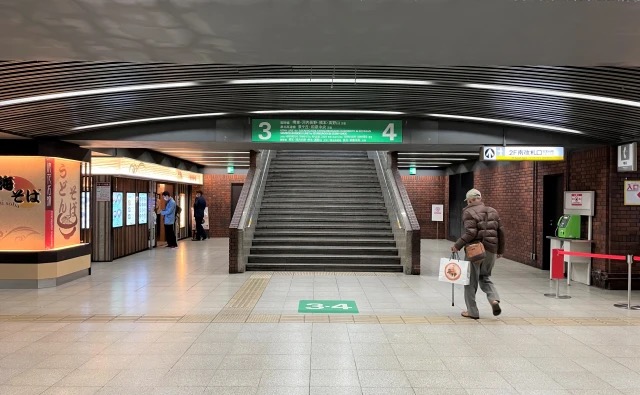
▼ The corridor is behind the stairs.
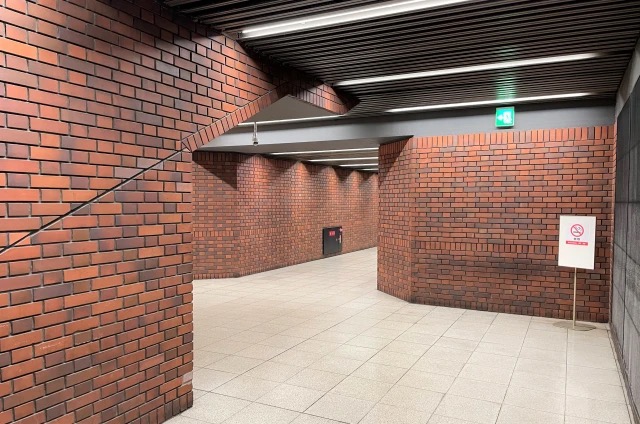
Walk down the corridor and along here you’ll see a door that says, “Entry prohibited to those who aren’t staff or cafeteria patrons“.
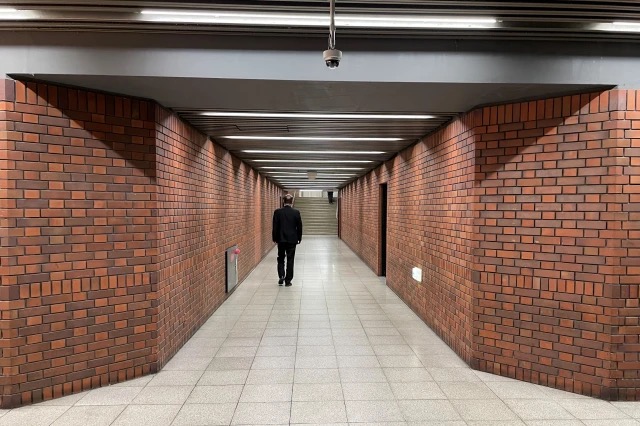

▼ The sign on top indicates that the cafeteria is currently open.
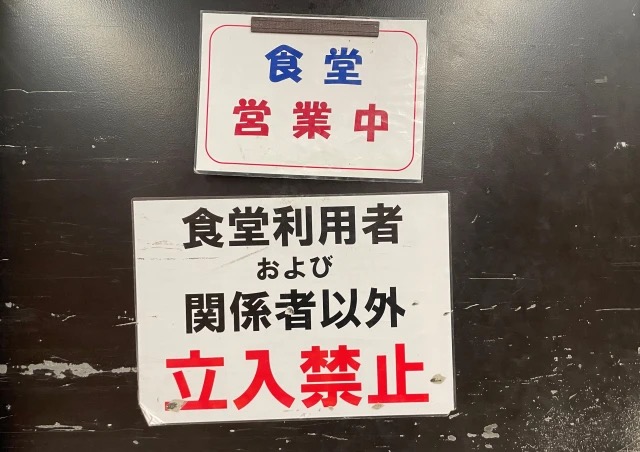
It looks like a door that shouldn’t be opened, but don’t worry — once you push it open, there’s a sign directing you to the cafeteria down the corridor, along with a printout of the monthly menu.
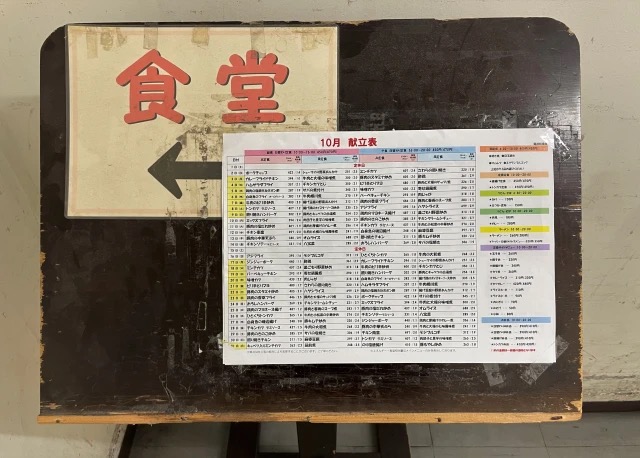
▼ The no-frills cafeteria.
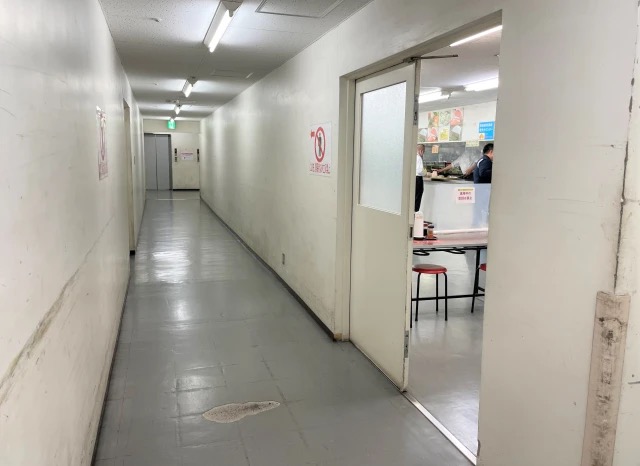
Although members of the public are allowed to eat here, it is ultimately a staff cafeteria, so there are signs around the place reminding diners that rail staff are given priority, both in terms of seating, in the unlikely case that they’re full, and service, seeing as employees don’t have the luxury of being able to eat a leisurely lunch.
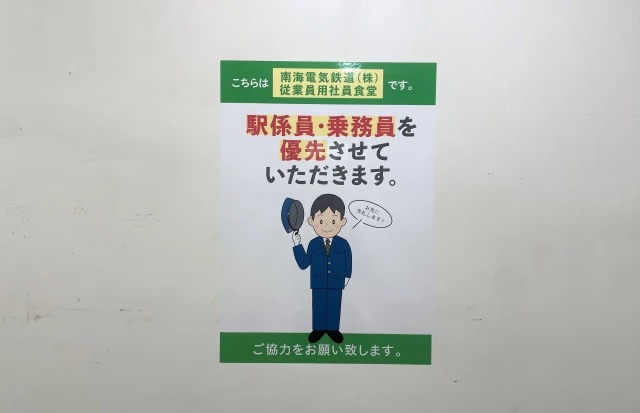
Rail staff are also able to enjoy lower prices that are around 20 yen less than non-employee prices, as indicated by the different buttons on the ticket machine.
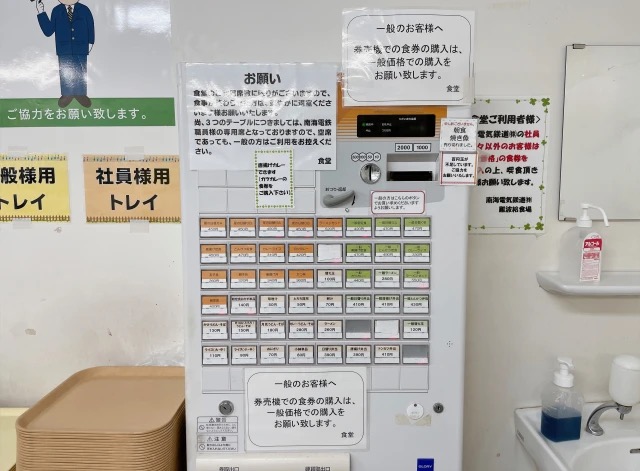
Set meals change daily, with prices going up to around 520 yen (US$3.51) for a ramen set meal, although most are priced at 470 yen. You can also purchase dishes separately, with prices starting at 50 yen for a bowl of miso soup.
▼ There are two set meals to choose from, known as “A set” and “B Set“, with different ones available at lunch, from 10:00 a.m.-4:00 p.m., and dinner, from 4:00 p.m. to 8:00 p.m.

Once you’ve picked up your meal ticket from the machine, grab a yellow tray — the colour for non-staff diners– and head over to the food counter, where you’ll hand your ticket over in exchange for your meal.
▼ We chose a bowl of ramen, which cost just 280 yen (260 yen for staff).
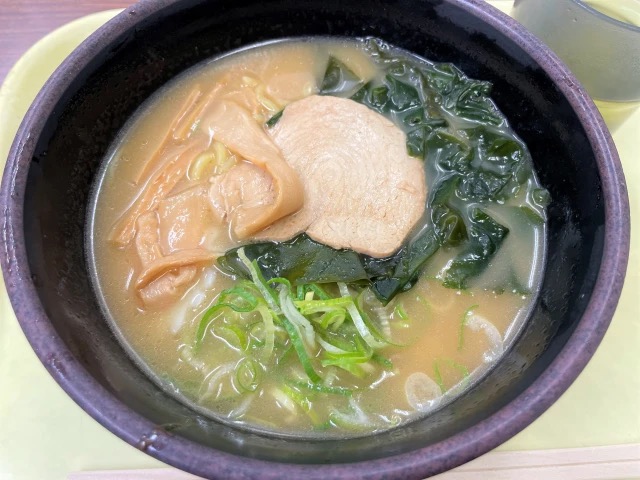
We took our meal over to a table close to the entrance, but when we went to sit down, one of the staff behind the counter called out to ask us to sit up the back, seeing as the three rows closest to the entrance are reserved for employees.
Understandably, the staff here are looking out for employees who are on the clock and need need to able to eat and go with minimal fuss, so we happily sat at a table further back. It felt strangely exciting to be eating amongst rail staff and get a taste of what fuels them during their workday, all at budget prices.
▼ It’s hard to believe this bowl of ramen costs less than two bucks.
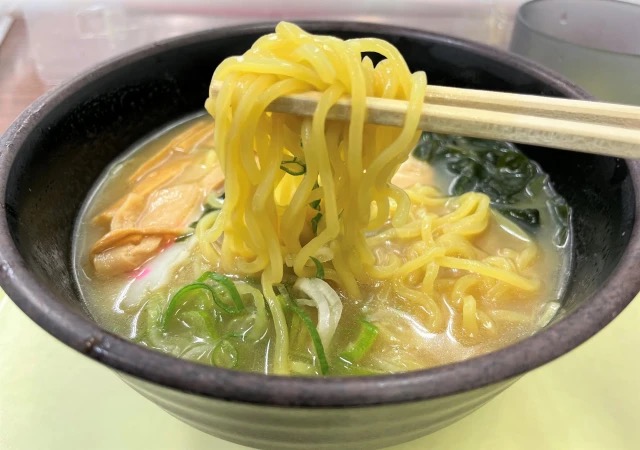
The meals here are all no-fuss, but the noodles were fantastic for the price. There were plenty of ingredients like char siu, wakame seaweed, green onions, bamboo shoots, and naruto (processed fish roll), and the pork bone broth had a subtle yet lovely taste.
With prices this low, we’d happily eat breakfast, lunch and dinner here every day if we could, and with meals changing daily and the cafeteria opening for breakfast from 6:30 a.m.-10:00 a.m. it’s a feasible option for those on a budget.
So next time you’re visiting Osaka, you might want to keep this staff cafeteria in mind for a quick and cheap meal. And if you’re in Tokyo, you can always stop by the equally cheap school cafeteria for adults.
Images © SoraNews24
● Want to hear about SoraNews24’s latest articles as soon as they’re published? Follow us on Facebook and Twitter!
